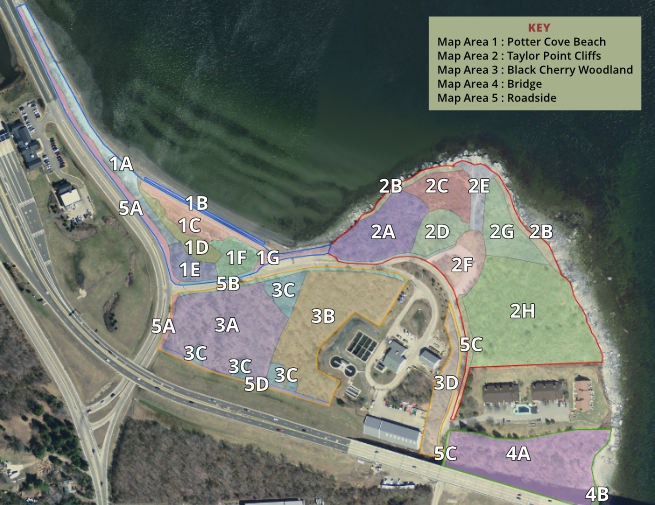Common Name: English Oak
Specific Name: Quercus robur
Known Occurrence at Taylor Point:
Map areas: Cliffs 2A, Cliffs 2D, Cliffs 2F, Cliffs 2H, Woodlands 3A, Woodlands 3B, Woodlands 3D, Bridge 4A
Category: Invasive, Non-Native, Tree
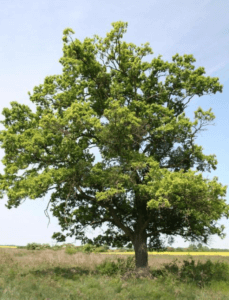
Ecological Considerations:
Quercus robur is a tree with a wide spreading crown, a short sturdy trunk, and deeply fissured gray brown bark. It can grow to heights of 50 to 60 feet and bears a broad-spreading, rounded crown.
It has small deciduous leaves with 3-7 pairs of rounded lobes, and extremely short petioles. Their leaves remain deep green long into autumn before turning brown. The leaves remain on the tree well into winter.
The flowers are hanging catkins which appear with the emerging leaves in early spring. The fruits are elongate acorns with a cup that covers about 1/3 of the nut. They are born singly or in clusters of 2-5.
The English Oak grows well in moist, but well-drained soils in full sun. However it is adaptable to a wide range of soil conditions and is drought tolerant. An English Oak can take up to 25-30 years to bear a first crop of acorns.
Problems Posed by this Plant:
Native Species Affected by this Plant:
Factors Affording a Competitive Advantage to this Plant:
Propagation Mechanisms and Related Issues Affecting Efforts to Remove and/or Eliminate this Plant from Taylor Point:
Documented Best Removal Practices and Options/Pros and Cons of Various Options:
Cut small trees and cover the cut stump with Buckthorn Baggies.
Girdle* larger trees in spring and summer.
*Girdling is a technique that cuts through the outer bark to completely sever the phloem and cuts into the cambium. After the cut is made, the bark is removed to stop the flow of sap and nutrients in the trunk. The cut typically extends completely around the trunk and is between 1-5” in width at a height of 5-50” above the ground on the trunk. Spring and summer is the best time to girdle trees. After initial spring growth, resources have been depleted and the tree is most vulnerable. Bark and cambium are also looser and easier to remove at this time than in fall. Girdled trees typically die slowly over several years, allowing understory species to adapt gradually to greater light levels. (Suzanne Enser. TPRA CRMC Permit Request Support paper)
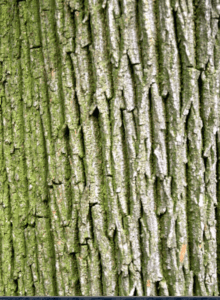
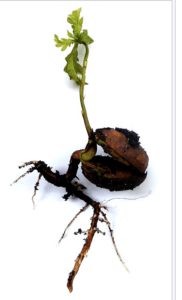

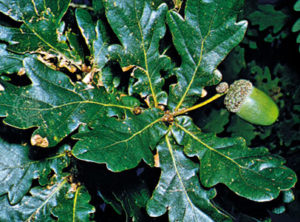
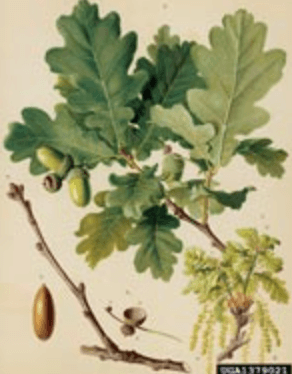
Sources cited:
Invasive.org
Invasive Plant Atlas of the United States
University of Florida
Wiki English Oak
Suzanne Enser. TPRA CRMC Permit Request Support paper
Key Words:
Tree;
English Oak
Quercus robur
Seed – acorns;
Taylor Point Cliffs
Black Cherry Woodland
Bridge
2A, 2D, 2F, 2H, 3A, 3B, 3D, 4A
